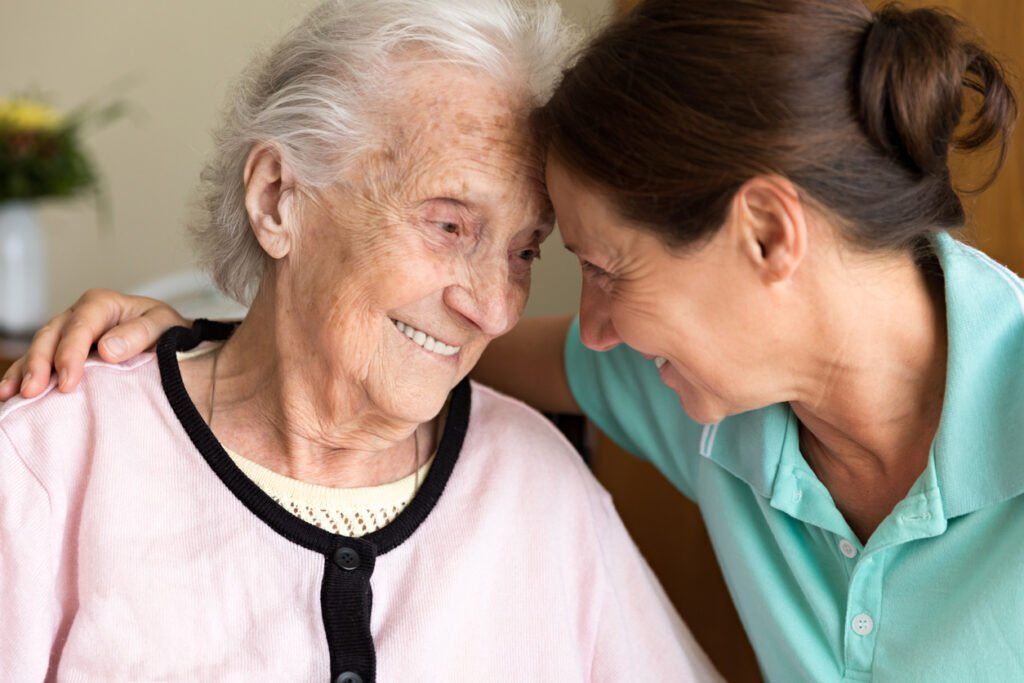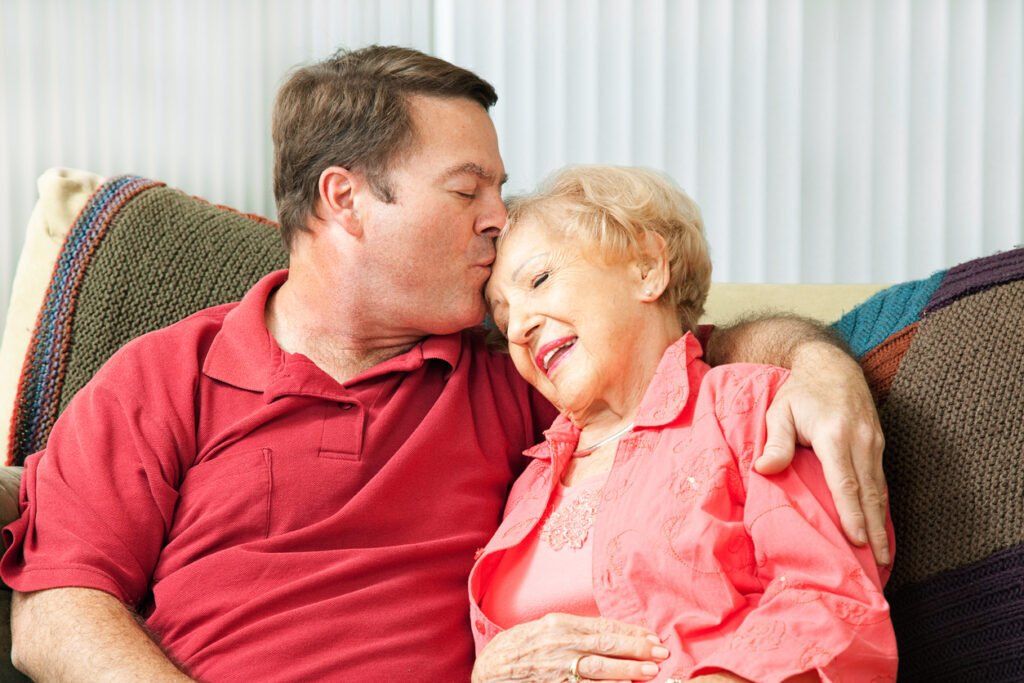How to provide long distance care for a loved one with dementia

Overland Park, KS – When you live many miles away from your loved one with dementia, the separation complicates caregiving. Concerns about the person’s safety, nutrition and health can be overwhelming at times.Here are some strategies to manage long-distance caregiving.
If the person with Alzheimer’s disease lives alone, he or she may have difficulty managing daily tasks. Identify what kind of help he or she may need to remain independent in the home for as long as possible. When you visit you loved one, observe the following:
- Is there food in the refrigerator? Is it spoiled? Is the person eating regular meals?
- What is the condition of the inside and the outside of the home? Has it changed?
- Are the bills paid? Are there piles of unopened mail?
- Do friends and relatives visit regularly?
- What is the person’s personal appearance? Is the person bathing and grooming?
- Is the person still able to drive safely?
Building a list of contact people and resources can help you coordinate care from a distance.
- Family, friends and neighbors . Make a list of their phone numbers and addresses. Ask if you can check in with them to find out how your loved one is doing. They may also be willing to stop by your loved one’s home for regular visits.
- Your loved one’s doctor . Keep in contact with the person’s doctor. The doctor can call you if there are concerns about the person’s mental or physical well being.
- Community organizations . Check with local churches, temples, neighborhood groups and volunteer organizations. They may provide meal delivery, transportation or companion services.
- Home care services . You can hire home health care workers to help the person with bathing, personal care activities, preparing meals and taking medications. Hiring a geriatric care manager can help you assess and monitor the overall needs of your loved one and communicate with you regularly about his or her well-being.
Make the most of visits
Few long-distance caregivers are able to spend as much time with their loved one as they would like. The key is to use your time wisely :
- Make appointments with your loved one’s physician, lawyer and financial adviser during your visit to participate in any decision- making.
- Meet with neighbors, friends and other relatives to hear how they think the person is doing. Ask if there have been any behavioral changes, health problems or safety issues.
- Take time to reconnect with your loved one by talking, listening to music, going for a walk or participating in activities you enjoy together.
There will come a time when your loved one will no longer be able to live alone. One of the decisions you might consider is moving the person into your home. Here are some things to think about:
- Does he or she want to move? What about his or her spouse?
- Is your home adapted to support the person?
- Will someone be at home to care for the person?
- How does the rest of the family feel about the move?
- How will this move affect your job, family and finances?
- What respite services are available in your community to assist you?
Moving a person with Alzheimer’s disease from familiar surroundings may cause increased agitation and confusion. Talk with your loved one’s physician or a social worker and call the Alzheimer’s Association for assistance before making a decision. In some situations, an assisted living or a residential care setting may be a better option for the individual.
Resolving family conflicts
Caregiving issues can often ignite or magnify family conflicts, especially when people cope differently with caregiving responsibilities. Family members may deny what is happening, resent you for living far away or believe you are not helping enough. There may also be disagreement about financial and care decisions.
To reduce conflicts, acknowledge these feelings and work through them.
- Have a family meeting . Talking about caregiving roles and responsibilities, problems and feelings can help ease tensions. You may want help from a professional counselor or clergy.
- Recognize differences . Some family members may be hands-on caregivers, responding immediately to issues and organizing resources. Others may be more comfortable with being told to complete specific tasks.
- Share caregiving responsibilities . Make a list of tasks and include how much time, money and effort may be involved to complete them. Divide tasks according to the family member’s preferences and abilities.
- Continue to talk . Family meetings or conference calls keep the family up-to-date and involved. Discuss how things are working, reassess the needs of the person with Alzheimer’s, and decide if any changes in responsibilities are needed.
REQUEST FREE
IN HOME ASSESSMENT
REQUEST FREE IN HOME ASSESSMENT









